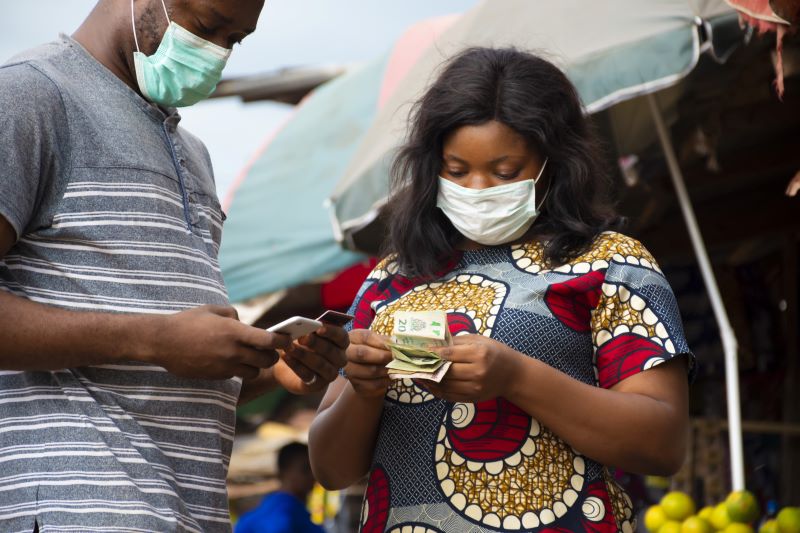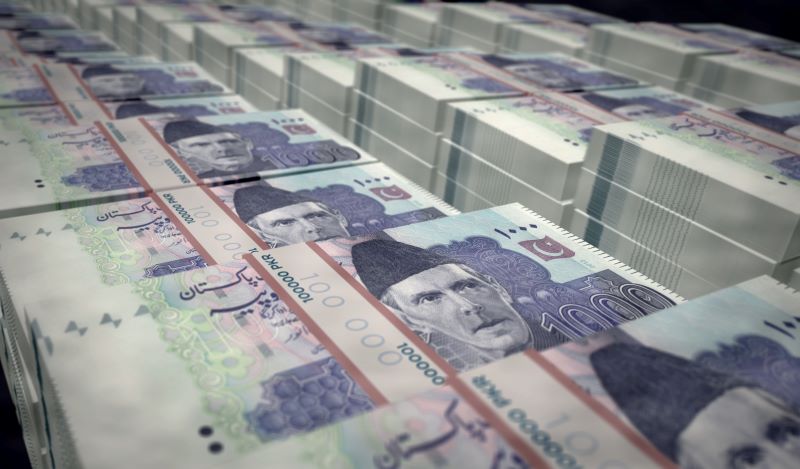Recommended

POLICY PAPERS

POLICY PAPERS
India’s efforts to expand financial inclusion by leveraging digital technologies have been much publicized and lauded, both within India and internationally. But how effective have they actually been in expanding the usage of digital financial services across India’s huge population? And what is constraining their further growth?
By piecing together available data from the supply and demand sides, we find that the proportion of Indian adults who have ever made or received a digital payment to be 35 percent (as of end 2018, the most recently available data). That is almost two thirds of adults who are not yet included in India’s digital finance ecosystem. This disparity exists despite the rapid expansion of bank accounts and digital payments products, particularly the Unified Payments Interface (UPI). Our analysis suggests that many of these accounts remain dormant and that the growth of UPI transactions are driven by increased usage by current users, rather than adoption by new users. While the number of digital payments users is likely to have grown in the past two years, particularly in response to the COVID-19 pandemic, the indication of our analysis is that large scale digital financial exclusion persists.
Using the decision tree methodology
To try and understand what was causing this low usage, we used an adapted version of a Decision Tree methodology which aims to identify the potential binding constraints on the supply and demand sides. The starting point of this methodology is the price of digital payments. If usage is low despite low prices, it is a signal of binding constraints on the demand side; if usage is low and prices are high, this indicates that the constraints may be on the supply side.
Our analysis shows that in India, the notional price of digital payments (the fees charged for using the services) is very low, and often zero. However, taking this price at face value can vastly underestimate the indirect and non-financial costs associated with digital payments, which often way heaviest on the poorest (particularly as a percentage of income). The marginal cost of a payment may be zero, but what if you need a smartphone to make the payment? What if you need to take a bus to the nearest agent? What if internet is weak in your village and you can’t be sure your payment will go through? What if there are social and gender norms that restrict your ability to use a phone to make a payment?
We find that, in India, the fixed and variable costs of accessing and using digital payments can add up to a significant portion of the annual incomes of poorer people. For a lower-middle-income person (average annual income of $922), fixed costs amount to almost 20 percent of annual income. This jumps to 49 percent of the annual income of an ultra-poor person (earning less than $1.50 a day). Not surprisingly, there is a regressive cost to the use of digital financial services, and for some, the cost of digital financial services could be prohibitive. These calculations also do not account for time it takes to access a bank account in India; this is especially important given the level of time poverty that low-income populations face, especially women. Dvara Trust has researched the experience of the poor in trying to open a bank account and the challenges they face, noting that investigators posed as poor customers dedicated a total of seven hours on average to open an account. Delving deep into the fee and cost structures faced by people in different income brackets indicates that binding constraints likely exist on both the supply and demand sides.
The binding constraints to digital financial inclusion in India
We find, based on a thorough analysis of the data and expert interviews, that the structure of India’s financial sector has created an unlevel playing field in favor of the primarily state-owned banking sector. Although there is plenty of innovation from outside of the banking sector, for example by Fintechs and global tech companies, it all must be done in partnership with, and using the infrastructure of, the banking sector. This has led to a situation in which we see plenty of innovation but in a tight space, creating better products for wealthier, urban users. At the same time, what is lost is the potential for greater innovation and outreach in favour of lower-income and marginalized people, meaning that digital financial products remain costly, inappropriate, and inaccessible for these populations.
It is not clear what is the root cause of this unlevel playing field, but from our analysis we conclude that it is potentially a function of institutional weakness and the nexus of control of the government and the banking sector, which is reinforced by the complex position of the National Payments Council of India (NPCI). Under this market structure, the outreach and inherent business models of digital payments and transfers do not provide sufficient perceived benefits to potential customers. This also reflects a lack of trust in products and services, and therefore the market for digital financial services is unable to reach a critical mass at which the bulk of the population would have the means and the incentives to use the system, and hence the market remains at an equilibrium below its potential.
The Indian financial system is huge and complex, and the regulator rightly prioritizes financial stability. Several stakeholders we spoke with emphasized this point. There has been an attempt to balance the focus on financial stability with the allowance for innovation as a means towards increased, accelerated financial inclusion. While on paper, policies have allowed for innovation amongst non-bank players, the bank account is still prime, reflecting this unlevel playing field. In addition, financial institutions still seem to default to a more conservative regulatory model when it comes to Know-your-customer (KYC) practices and other matters. This likely impacts the customer experience and therefore uptake and usage of digital financial services.
So, what should policymakers and financial service providers do?
Digital financial inclusion is a priority area for the government of India, and some of these constraints are already being tackled in line with the National Financial Inclusion Strategy. However, we consider that there are a few ways that these efforts could be ameliorated to have greater impact on excluded and marginalized populations.
Firstly, policymakers should consider the long-term potential of moving away from a bank-led model. The landscape of potential providers of digital payments is broad and by channeling all players through a bank-led market infrastructure, the system could be disincentivizing innovations that work better for the poor. This is a lesson from many other parts of the world as well, with increased partnerships between banks, micro-finance institutions (MFIs), Fintechs and mobile network operators (MNOs).
Second, there should be an effort to improve the publicly available data and analysis of the market based on user transactions. In writing this paper, we found that determining the spread of assets across financial institutions was straightforward, but determining the number of active customers and volume of transactions across financial institutions was quite challenging. Much is made of the number of UPI transactions per month, but it we do not know how many people actively use UPI. Pivoting data standards towards those that are more meaningful for financial inclusion would provide greater transparency on market performance.
Third, the Indian financial services ecosystem needs to do more to understand why Indian customers perceive low benefit from using digital financial services and have low trust in the providers, and work to design the marketing and structure of financial products to better suit the needs and earn the trust of these people who are financially excluded. For example, the most recent report in the Garment Worker Diaries series, “A Thousand Cuts: Life as a Garment Worker in Bangalore,” found that poor Indians, even when paid into bank accounts, withdraw their full amount in cash and use informal financial services to manage their financial lives. Omidyar Network and Dalberg Global Development Advisors “Currency of Trust” report describes most even financially savvy customers as preferring to use banks only for large transactions. Given that one of the biggest use cases for digital payments is a safe place to store funds, these reports illustrate the work that the Indian financial services ecosystem must do to overcome this perceived benefit challenge.
For the government of India this means reassessing why the access that has been provided, primarily via Pradhan Mantri Jan-Dhan Yojana (PMJDY—National Mission for Financial Inclusion) accounts, continues to not meet the needs of many Indians. Perhaps even after the opening of those accounts, the country’s very basic financial services (digital and non-digital) are insufficient. Despite the birth and success of the many financial innovations in India, those innovations may not be sufficiently bridging the gap between the intention of the Indian financial ecosystem and the reality for the (poor) Indian citizen.
Disclaimer
CGD blog posts reflect the views of the authors, drawing on prior research and experience in their areas of expertise. CGD is a nonpartisan, independent organization and does not take institutional positions.





